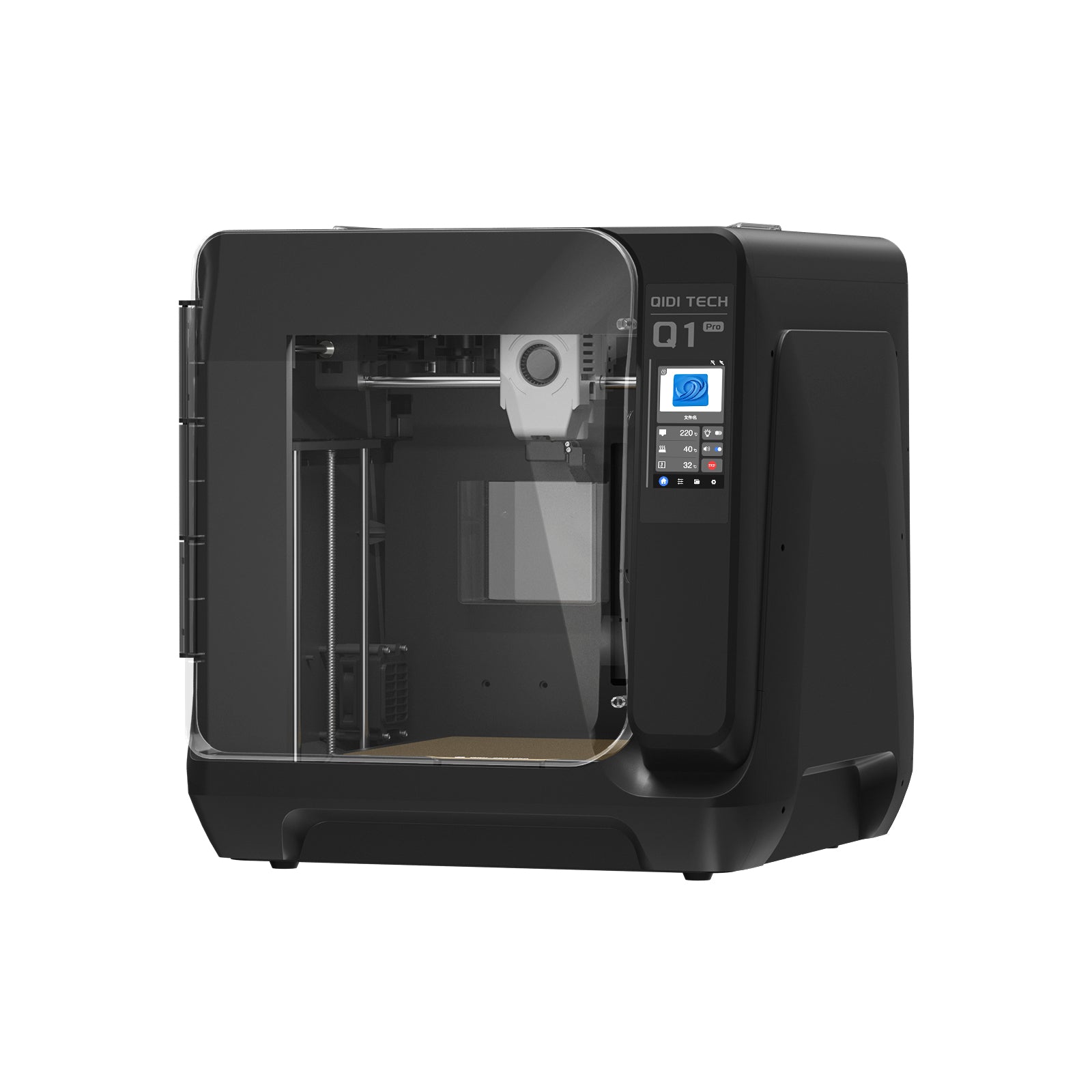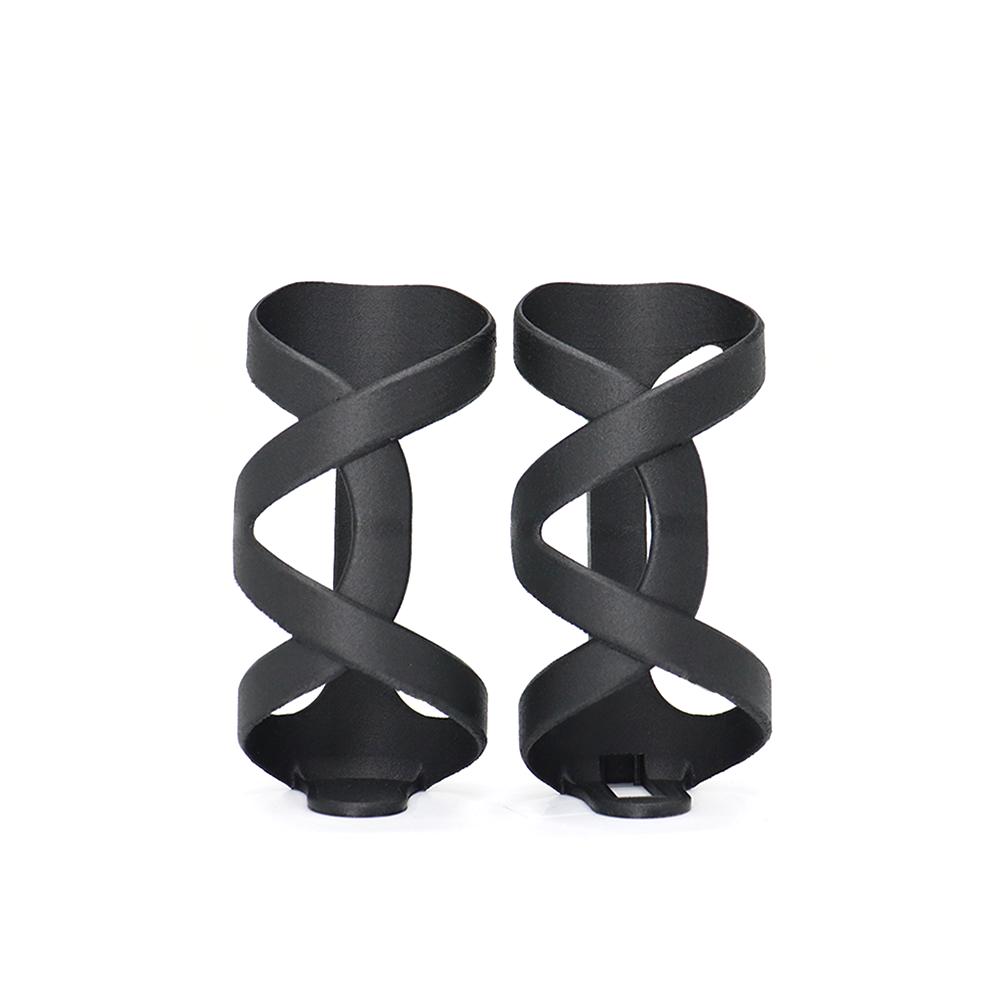Master 3D Printing with the Right Filament Choices
3D printer filaments are thermoplastic feedstock materials used in the process of FDM 3D printing. They are basically the raw materials that FDM printers heat and extrude layer by layer to create three-dimensional objects.In other words, 3D printer filaments are consumables for FDM printers, just like ink cartridges in traditional printers, except they are in solid forms with a wide range of material properties to suit various needs in printing.
Types of 3D Printer Filaments
All in all, there is a huge variety of filament types-from eco-friendly PLA for 3D printing newbies and further to durable ABS for functional part manufacturers and then further to flexible TPU for the designs which require flexibility. Each of them has a set of properties tailored for different applications. PLA stands for polylactic acid, including such features as biodegradability and renewable resources. Thus, it is easy to work with, making it great for beginners.
ABS-Acrylonitrile Butadiene Styrene: With resistance to impact and heat, it usually has application for functional items.
PETG includes the ease of printing and strength with durability; hence, it is gaining popularity among hobbyist and professional users.
TPU-Thermoplastic polyurethane and other flexible filaments: These can bend and flex; hence, they will be perfect for parts which need some flexibility.
Specialty filaments: The most common examples include wood, metal, and carbon fiber-infused materials, as well as color-shifting filaments with temperature or UV exposure.
QIDI Tech Filament Specifications: Standard Sizes and Precision Tolerances
QIDI Tech offers filaments in the most commonly used diameter to match a wide range of 3D printers::1.75 mm - Most common size
Tolerance refers to the consistency of the filament's diameter throughout the entire spool. QIDI Tech filaments feature premium-grade tolerance specifications (±0.02mm*), ensuring:
Consistent extrusion flow
Reliable print quality
Professional-grade results
No printing jams or inconsistencies
[Note: If the tolerance specification of ±0.02mm isn't accurate for QIDI Tech filaments, please provide the correct specification and I'll adjust accordingly]
Print With QIDI Tech's Filament!
QIDI Tech offers high-quality 3D printing filaments to meet all your printing needs. From beginner-friendly PLA to professional-grade ABS and specialty materials, each filament is manufactured to precise tolerances and comes vacuum-sealed for optimal performance. With proper storage and correct settings, QIDI Tech filaments ensure consistent, professional results for every project.
3D プリンター フィラメントに関するよくある質問
すべての用途に単一の「最適な」フィラメントはありません。一般的なフィラメントには、PLA、ABS、PETG、TPU、ナイロン、およびカーボンファイバーなどの複合材料が含まれます。適切なフィラメントは、耐熱性、柔軟性、強度などの印刷ニーズによって異なります。PLA と PETG は優れた万能オプションです。
PLA は、最も一般的で広く使用されている 3D プリンティング フィラメントです。印刷が簡単で、生分解性があり、まともな品質の印刷物を生成します。他の一般的なフィラメントには ABS と PETG があります。
PLA は印刷が簡単なため、初心者に適しています。プリントベッドへの密着性が高く、反りも少なく、加熱ベッドも必要ありません。 ABS は、反りや高温の要件により、より困難になる場合があります。
はい、PETG は一般に PLA よりも耐久性と耐熱性が高い素材と考えられています。より丈夫でより柔軟です。ただし、PLA には、印刷が容易で環境に優しいなどの利点がまだあります。
TPU フィラメントは、PLA や ABS などの硬質プラスチックよりも印刷が難しい場合があります。柔軟な TPU にはリトラクション設定の正確なダイヤルインが必要ですが、印刷速度は遅くなり、ダイレクト ドライブ押出機が最適に機能します。しかし、プリンターを適切に調整すれば、高品質のフレキシブルプリントを実現できます。





